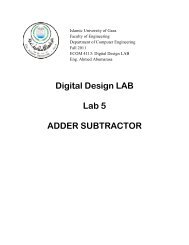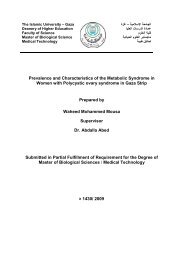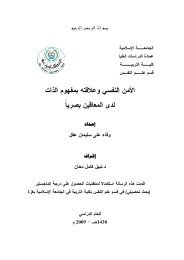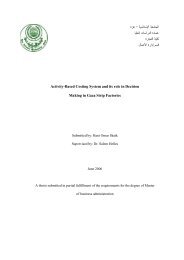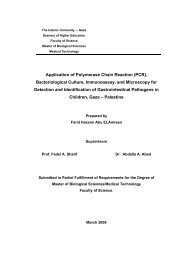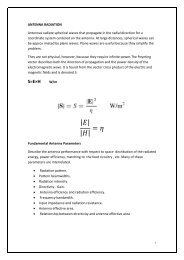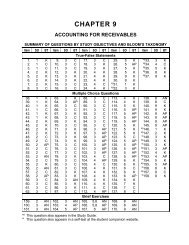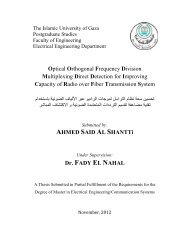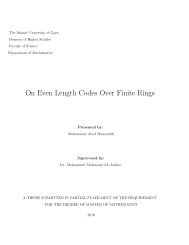A prActicAl guide Benchmarking in european Higher education
A prActicAl guide Benchmarking in european Higher education
A prActicAl guide Benchmarking in european Higher education
Create successful ePaper yourself
Turn your PDF publications into a flip-book with our unique Google optimized e-Paper software.
A STEP BY STEP APPROACH<br />
The choice of processes should also be <strong>in</strong> l<strong>in</strong>e with the <strong>in</strong>stitution’s profile,<br />
mission and organisational developments.<br />
The <strong>in</strong>stitution might have a particular problem already clearly identified<br />
which it wants to solve. If this is not the case, then work<strong>in</strong>g towards a clear<br />
identification and narrow<strong>in</strong>g down of processes for a benchmark<strong>in</strong>g exercise<br />
through self-evaluation will be the first step. In all cases, it is crucial to have<br />
a clear understand<strong>in</strong>g of problems and, based on needs, to prioritise them,<br />
so that a realistic benchmark<strong>in</strong>g exercise with adequate resources can be<br />
launched.<br />
The SPINE project – <strong>Benchmark<strong>in</strong>g</strong> the management of eng<strong>in</strong>eer<strong>in</strong>g<br />
<strong>education</strong><br />
In 2002, the SPINE project, a partnership of 10 technical colleges and<br />
universities <strong>in</strong> the USA and Europe (Carnegie Mellon University, Ecole<br />
Centrale Paris, Ecole Polytechnique Fédérale de Lausanne, Eidgenössische<br />
Technische Hochschule Zürich, Georgia Institute of Technology,<br />
Imperial College London, Kungl Tekniska Högskolan Stockholm,<br />
Massachusetts Institute of Technology, Rhe<strong>in</strong>isch-Westfälische<br />
Technische Hochschule Aachen, Technische Universiteit Delft) decided<br />
to focus their benchmark<strong>in</strong>g exercise on compar<strong>in</strong>g their vision, mission<br />
and goals. Through quantitative and qualitative questionnaires, site visits<br />
(<strong>in</strong>clud<strong>in</strong>g both academic and adm<strong>in</strong>istrative leaders and staff), and<br />
alumni surveys, the project produced major <strong>in</strong>puts for future goal sett<strong>in</strong>g<br />
and identification of good practices such as on quality management<br />
systems to support eng<strong>in</strong>eer<strong>in</strong>g <strong>education</strong>, teach<strong>in</strong>g methods, cooperation<br />
with <strong>in</strong>dustry and the practical preparation and competences of eng<strong>in</strong>eers.<br />
www.<strong>in</strong>gch.ch/pdfs/sp<strong>in</strong>ereport.pdf<br />
56 A Practical Guide - <strong>Benchmark<strong>in</strong>g</strong> <strong>in</strong> European <strong>Higher</strong> Education



